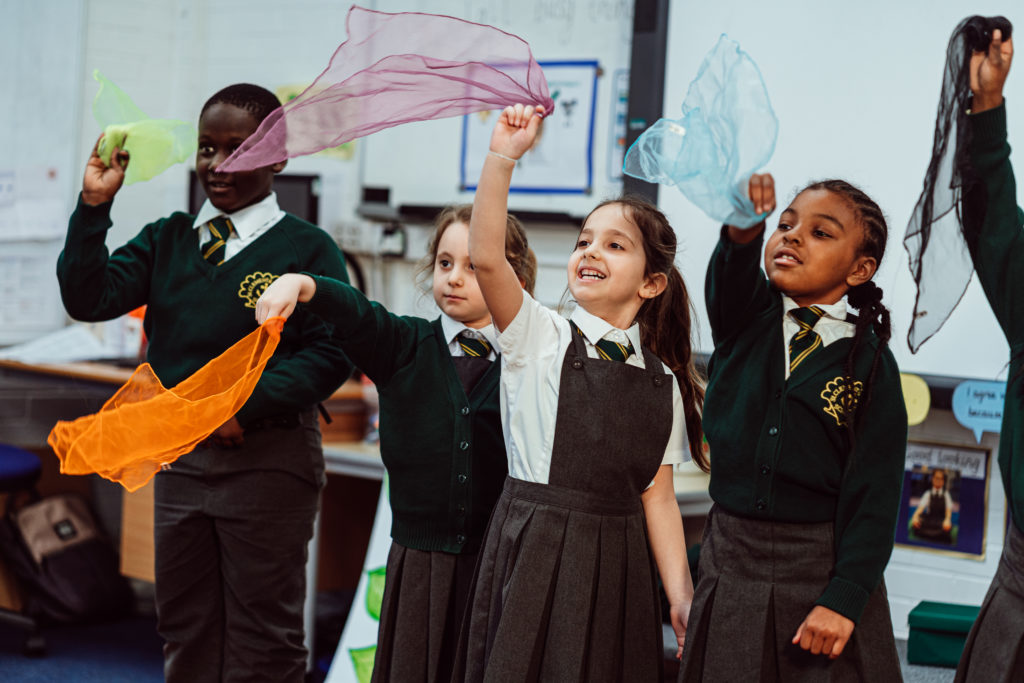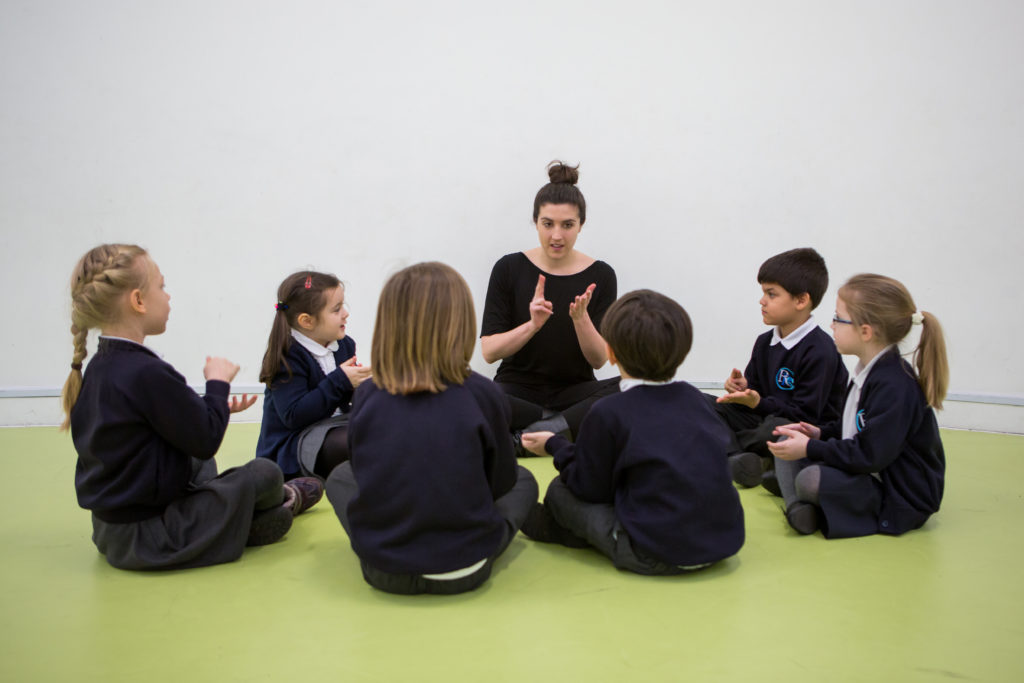
What are we learning today? How does it build on last week? What can we expect next? Our Progression Maps provide teachers, schools and Ofsted a comprehensive way of reviewing the purpose, content and direction of every lesson we conduct. This is the power of Sing Education curricular music.


When using Sing Education, schools can expect a high-quality, thorough music curriculum. Through singing games or musical activities, children will gain a deep understanding of music and a love for music, which will set them up excellently for secondary school. Schools can put their mind at ease knowing that music is being delivered by a trained specialist music teacher who is part of a wider team working to the same high standard across many London boroughs and educational settings. We began work on our curriculum in 2014, the year of our founding – constantly adding to it and honing it again and again based on experience in school, through working with our teachers, working with our schools and we’re continuing to develop it.
As a support to that curriculum, we have also developed a full Progression Map which is completely in line with the National Curriculum for Music. This means that if you wanted to take a deep dive into the state of your music teaching, we have a Progression Map in place which all schools have and can readily access. From the Progression Map you can quite easily see what children are learning in any particular lesson, why they’re learning it, what they learned before and how this leads on to future learning.

Performance against the National Curriculum, as well as against our own Progression Map, is measured class to class, as well as on an individual pupil basis informally throughout every unit.
During every lesson, our teachers reinforce and come back to key musical elements to ensure that children have and maintain a real understanding of these terms. New musical ideas are introduced subconsciously first, where children are prepared to learn each element before learning the term for it. Elements or key terms are made conscious only when the children have had enough experience of it to gain a practical understanding first.
Next comes the practice. Musicianship must be honed through practice and further musical experiences. And so during this phase, it’s the teacher’s job to really ensure students have a thorough understanding. Teachers are checking their students’ knowledge constantly, especially when musical elements are applied in a different setting, such as in a new song. Our teachers also assist classroom teachers with reporting for music. We provide schools with statements to help with writing end of year reports and we assist with allocating levels of attainment for music.
As a result of working 100% to the National Curriculum for music, continuously refining our own music learning curriculum, deploying a tailored Progression Map as part of every school engagement, and monitoring class and pupil learning term by term, children experiencing Sing Education curricular music not only experience the joy of singing together but also develop a real understanding of the key principles of music. This strong foundation really complements any other music-making pupils may undertake, whether inside school (singing assemblies, clubs), outside school (instrumental tuition, holiday music) or or in the future (as they progress to secondary school).
